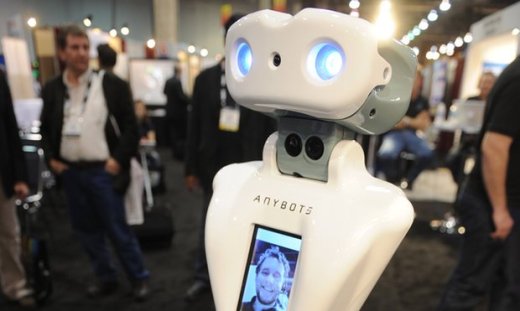
Those are two of the jobs of the future suggested in a report by the CSIRO that charts 20-year trends in increasingly digitally focused and automated Australian workplaces.
Cash said the report showed “some jobs will inevitably become automated over the coming years but technological change will improve others and also create new jobs and opportunities”.
“The future won’t be about people competing with machines, it will be about people using machines and doing work that is more interesting and fulfilling,” she said.
Increased automation will raise the complexity of workers’ tasks. “Many low-skilled jobs are being offshored or automated. The consequence is the likelihood of a raised skills and education bar for entry into many professions and occupations,” the report said.
Another trend is an anticipated rise in self-employment and freelancing caused by peer-to-peer platforms Upwork, Kaggle, Innoventive and Freelancer.com, which the report claims “provide value through convenience, low barriers to entry and increased speed enabling people to transform their free time into paid work”.
If the ideal job does not exist, the worker may need create it, the report suggested. “Entrepreneurial skills are likely to be increasingly important for small business founders and employees within large organisations,” it said.
The report said Australia’s workforce will be diverse, with one in five Australians over the age of 65 in 2035, high female participation and a large proportion of migrants being of working age.
In a speech to a workforce productivity conference on 8 December, Australian Council of Trade Unions secretary Dave Oliver warned “extreme changes presented by current technological advances are resulting in a deeper, wider and more permanent hollowing out of the jobs market”.
“Despite the great many benefits of new technologies, we desperately want to avoid the slide to a labour market platform that forces workers to bid against each other for parcels of work in some kind of brutal, reverse eBay-style auction,” Oliver said.
Cash said “more than ever, education and training are important for succeeding in the labour market. By 2019, the number of jobs available for highly-skilled labour is projected to be more than double the number available in 1991.

Strategic Vision Limited
Join us on Twitter @strategicvisio
Like Us on FaceBook
See More on YouTube
www.strategicvisionlimited.com